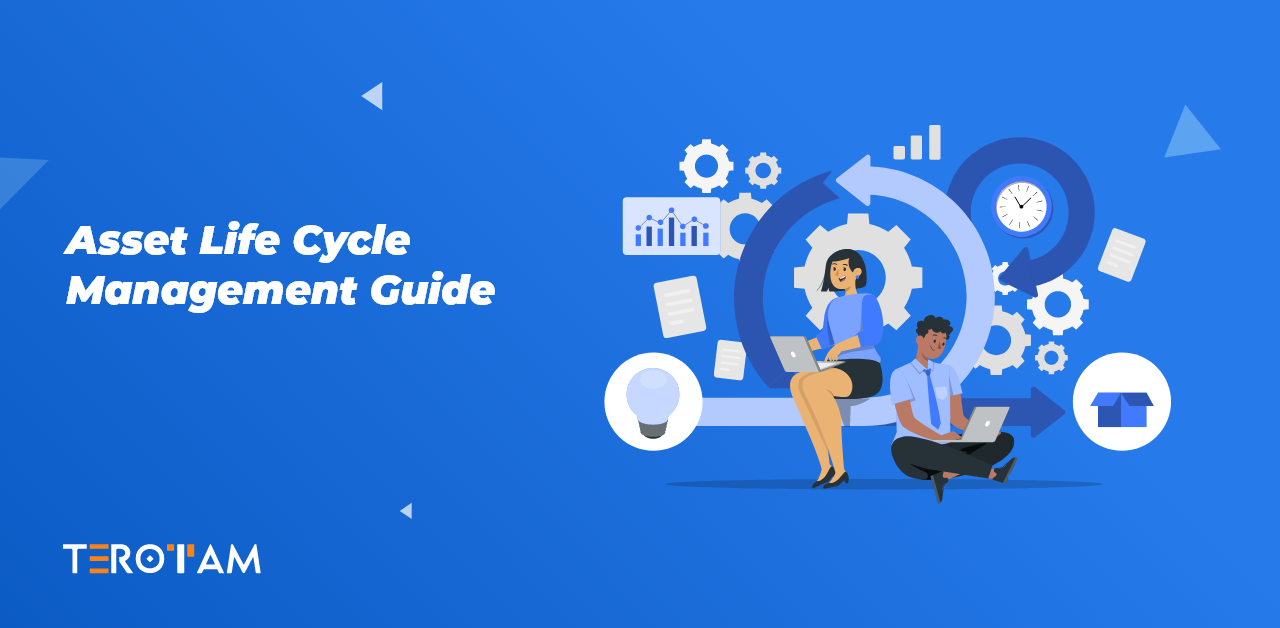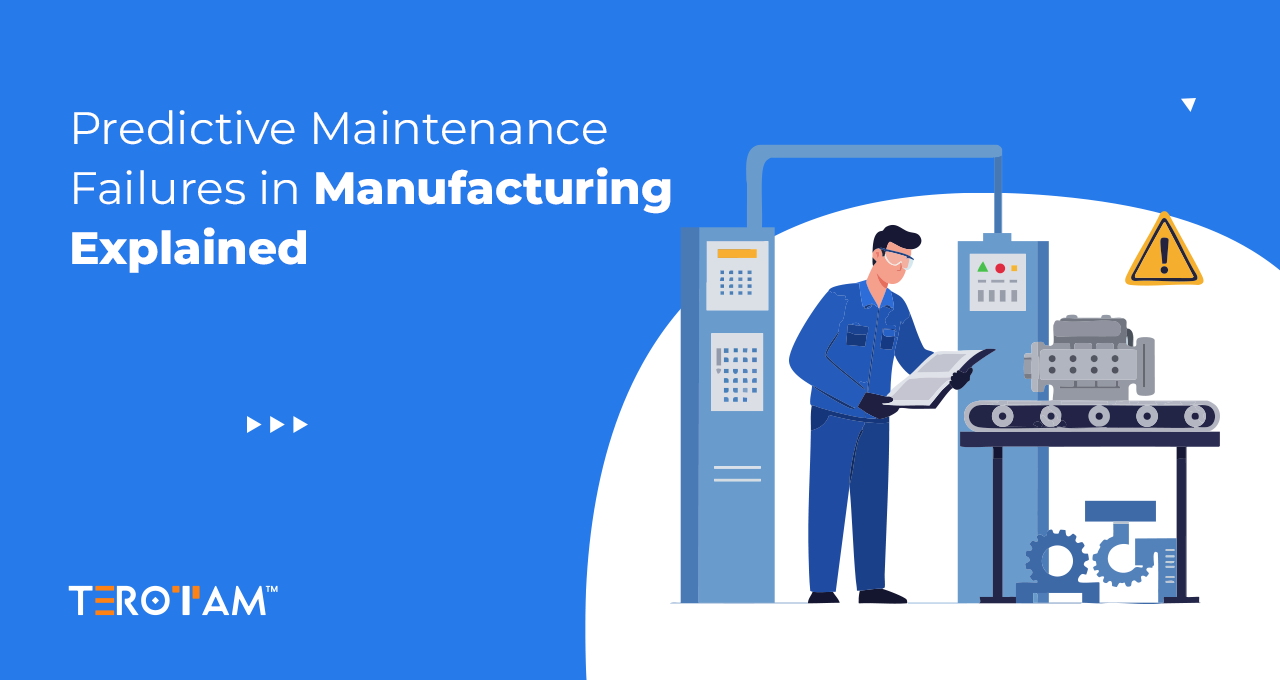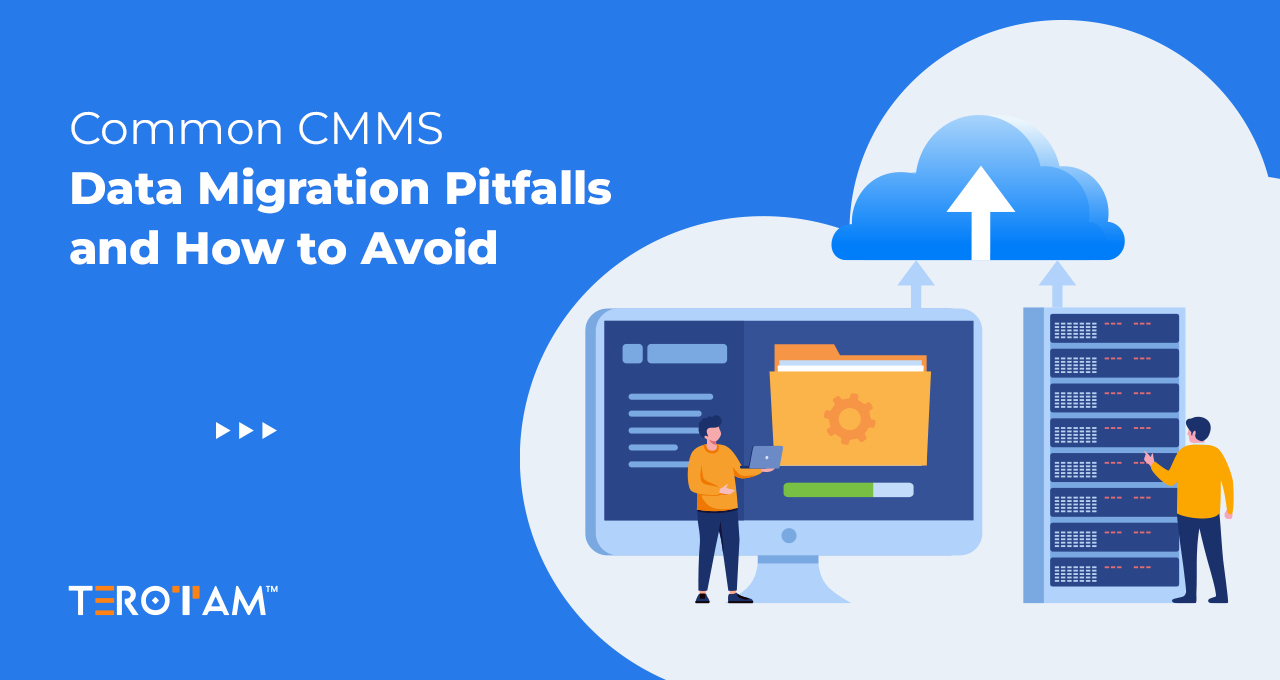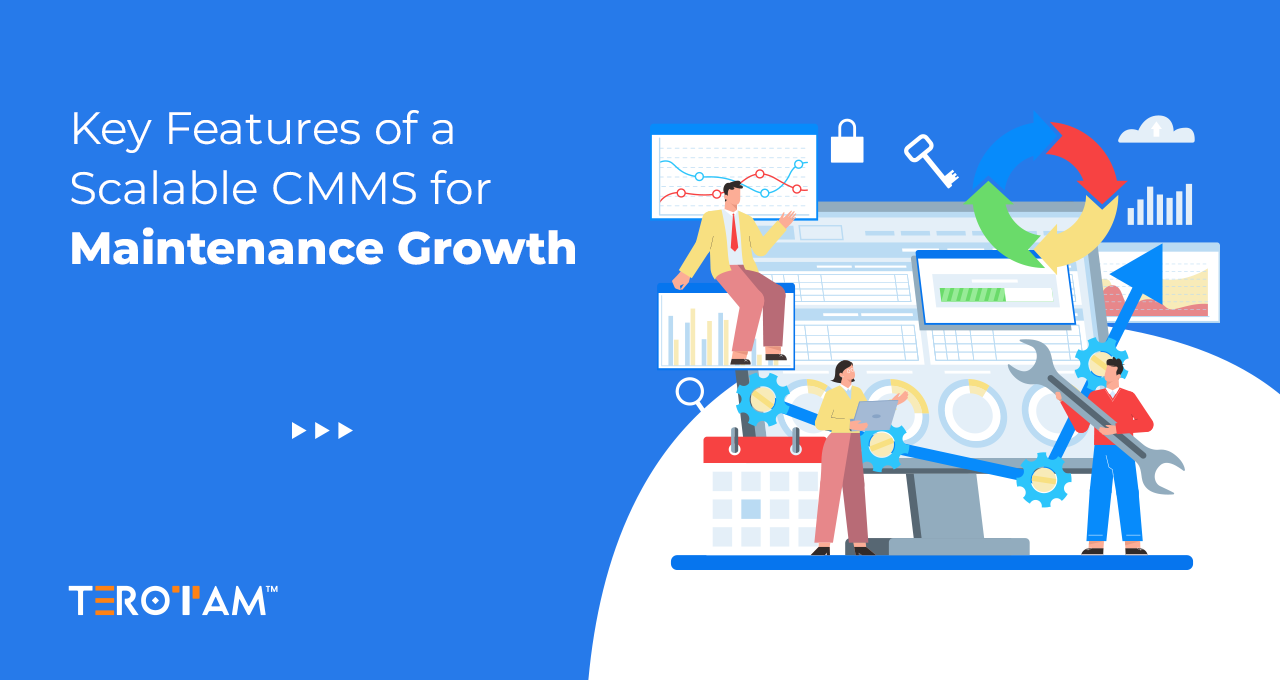Asset life cycle management (ALCM) is an essential process for businesses that own physical assets like equipment, vehicles, machinery, and even buildings. It ensures that these assets are managed effectively from the moment they’re acquired until the end of their useful life, maximising performance and value while minimising costs.
In this blog, we’ll explore what asset life cycle management means, the key stages involved, and the common challenges businesses face.
What is Asset Life Cycle Management?
Asset life cycle management is the strategic approach to overseeing an asset throughout its entire life span. The goal is to ensure that the asset provides value, operates efficiently, and is eventually retired or replaced in a way that’s cost-effective and sustainable.
This holistic approach considers not only the financial investment in the asset but also its operational performance, maintenance needs, and eventual disposal. Whether it’s a fleet of trucks or a factory machine, effective ALCM helps to reduce downtime, prolong asset life, and improve the return on investment (ROI).
Stages of Asset Life Cycle Management
ALCM involves several key stages, each critical for optimising asset performance and ensuring longevity. Here’s a closer look at each stage:
1. Planning and Procurement
The foundation of any successful asset management strategy begins with careful planning and procurement. This stage ensures that the assets you acquire will meet your business needs, align with long-term objectives, and offer the best value over time.
- Needs Assessment: The first step in the planning phase is to identify the specific business needs that the asset will fulfil. Whether it’s machinery for production, vehicles for transportation, or IT equipment, understanding the purpose and requirements is key.
- Cost-Benefit Analysis: It’s essential to evaluate not just the initial purchase cost but also the total cost of ownership (TCO). This includes considering the asset’s life span, energy consumption, maintenance needs, and eventual disposal costs. Will the asset’s long-term value outweigh its cost?
- Vendor Evaluation: Selecting the right supplier is crucial. Vendors should be evaluated on product quality, warranties, after-sales support, and their ability to provide maintenance and service. This stage involves negotiation to get the best price and terms while ensuring the asset meets all performance criteria.
- Financing Decisions: Some assets may require significant upfront investments. Businesses must decide whether to purchase outright, lease, or finance the asset, weighing the advantages and implications of each option.
2. Commissioning and Installation
Once the asset is procured, it enters the commissioning and installation phase. The objective here is to get the asset up and running smoothly, ready to perform its intended function.
- Installation: Physically setting up the asset, which may require coordination with IT, operations, or external contractors for more complex systems.
- Configuration: Ensuring the asset is calibrated and customised to meet operational specifications and integrate with existing systems.
- Initial Testing: Verifying performance under real conditions and addressing any issues before full use.
- Training: Ensuring staff are properly trained to use and maintain the asset efficiently and safely, reducing the risk of misuse.
3. Operation and Maintenance
This is the longest and most critical stage of the asset life cycle. During this period, the asset is in active use and must be maintained to ensure it performs reliably and efficiently.
- Day-to-Day Operations: During this phase, the asset is fully integrated into the organisation’s operations. Routine usage should be monitored to ensure the asset is not overworked, as this can accelerate wear and tear.
- Preventive Maintenance: Regular maintenance is essential for avoiding unexpected breakdowns and extending the asset’s life span. Preventive maintenance schedules are usually based on manufacturer recommendations, as well as usage data. It includes activities such as lubrication, part replacements, cleaning, and inspections.
- Predictive Maintenance: With advances in technology, businesses are increasingly adopting predictive maintenance techniques. This approach uses real-time data from sensors and IoT devices to predict when an asset is likely to fail. With the analysis of multiple maintenance factors like vibration, temperature, and operational speed, predictive maintenance allows businesses to fix issues before they become major problems, avoiding downtime.
- Documentation: Throughout the operation phase, all maintenance activities should be documented. This provides a valuable history of the asset’s performance and any issues that arose, helping with future decision-making.
4. Monitoring and Optimization
To get the most out of any asset, continuous monitoring is essential. This allows businesses to track asset performance, spot inefficiencies, and make adjustments that improve productivity. With the use of modern technologies like IoT and asset management software, real-time monitoring has become a game-changer, allowing for quick interventions and optimizations.
5. Decommissioning and Disposal
Every asset eventually reaches the end of its useful life. When it can no longer provide value or is too costly to maintain, it’s time to retire the asset. This process, known as decommissioning, involves removing the asset from operation, selling it for parts, recycling, or safely disposing of it, depending on its condition. Planning for disposal is crucial to ensure that any environmental regulations are followed and costs are minimised.
Challenges in Asset Life Cycle Management
Managing assets effectively throughout their life cycle can be a complex and demanding task. Businesses often face several challenges, including:
1. High Upfront Costs
The initial investment in purchasing or acquiring an asset can be significant. Businesses need to weigh the cost against the expected benefits, factoring in not only the purchase price but also long-term maintenance and operational expenses.
2. Predicting Future Performance
Assets can degrade over time or may not perform as expected, leading to unexpected maintenance or replacement costs. Predicting how an asset will perform years down the road is difficult, especially without accurate data on its wear and tear.
3. Maintenance Scheduling
Finding the right balance between under-maintenance and over-maintenance is tricky. Too little maintenance can lead to breakdowns, while too much can unnecessarily increase costs. Implementing the right maintenance schedule requires detailed data and insights into the asset’s performance history.
4. Integration with Technology
While advancements in technology have made monitoring and optimising assets easier, integrating these technologies into existing systems can be difficult. Businesses may face hurdles in aligning their ALCM processes with asset management software or IoT solutions, especially if their systems are outdated.
5. Environmental and Regulatory Compliance
As assets are decommissioned and disposed of, businesses must adhere to environmental and legal regulations. Ensuring compliance can be costly and time-consuming, especially if the asset contains hazardous materials or poses a disposal challenge.
Managing the Asset Lifecycle with TeroTAM CMMS
TeroTAM’s CMMS Software offers a comprehensive solution for managing the entire asset life cycle, from acquisition through disposal. By centralising asset data, the system enables real-time monitoring, automated maintenance scheduling, and efficient tracking of asset performance metrics. Its advanced reporting features facilitate better decision-making, allowing businesses to optimise asset utilisation, reduce operational downtime, and extend asset life while minimising total cost of ownership (TCO).
TeroTAM’s predictive maintenance capabilities leverage IoT integrations and data analytics to forecast potential asset failures, enabling proactive maintenance interventions. This not only enhances asset reliability but also ensures compliance with regulatory standards. The platform’s seamless integration with existing ERP and operational systems makes it a scalable and adaptable solution for businesses seeking to optimise asset management processes across their entire infrastructure.
Wrapping it up
Managing your assets doesn’t have to be complicated. With TeroTAM’s CMMS, you can easily streamline every stage of the asset life cycle, from acquisition to maintenance and disposal. Ready to simplify your asset management? Get in touch with us at contact@terotam.com, and we’ll help you get started!








